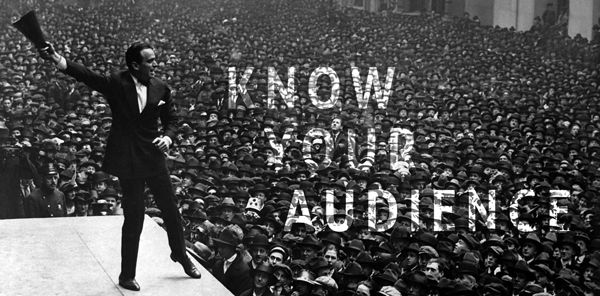We all know the obvious differences between generations – affinity for technology, car preference, and TV volume level – but let’s take a look at how generation Y, generation X, the baby boomers, and the silent generation differ in why and how they tend to buy and sell real estate.
Generation Y (ages 33 and younger):
These youngsters make up the largest portion of home buyers at 31%, and conversely, the smallest portion of sellers at 12%. The greatest barrier of entry to buying a home seen with this group tends to be deferred student loan debt, as it inhibits their ability to save. As you would expect, about three quarters of this demographic are first time home buyers; and they seem to be mostly motivated by a desire to own their own home. At 19% generation Y also has the largest percentage of generations living in urban areas. What neighborhood they choose depends on its quality as well as convenience, with regards to where they work. Most like to think of their household as a promising financial investment and plan to live there for about ten years.
Generation X (ages 34-48):
Accounting for 30% of home buyers and 29% of sellers, generation X is the largest share of both categories. This is the bread winning generation. The average X’er brings home about $98,200, have the largest portion of married couples, and many have underage children living with them. These men and women look to purchase new homes that are larger, in better neighborhoods, and more accessible to their job and children’s schools. 15% of this generation had difficulty saving for a down payment – among them 46% claimed credit card debt was the main reason and 35% deemed student loans the biggest obstacle. Of more permanent residency, those of generation X plan to live in their new home for around 15 years.
The Baby Boomers (ages 49-67):
This era accounts for 30% of recent home buyers and 44% of recent home sellers. The most prevalent reasons people ages 49-67 are selling their homes tend to be: job relocation, large size of current home, desire to be closer to friends and family, and to avoid renovating. Note that 10% of this population had to hold off on selling because their mortgage was more than the value of their home. One fifth of these baby boomers bought a multi-generational home for reasons pertaining to children moving back home (38%), money issues (18%), or a healthcare related matter (15%). This generation is where we start to see ownership of multiple homes (48%) – including investment properties and vacation homes as well. If you had to bet on how long these younger baby boomers will stay in their new homes, put your money on twenty years.
The Silent Generation (ages 68-88)
The elderly make up 9% of home buyers and 16% of today’s sellers. This far into life it isn’t surprising that 98% of them have purchased a home before. At this age it is common to purchase a multi-generational home because of a higher need for assisted living and help with costs. When choosing a house to purchase, the silent generation tends to gravitate to homes smaller than their current one and closer to family and friends. A smaller house at a lower price is most desired at this point in life.
Across all generations, the first action taken towards buying a home starts on the internet. Taking a deeper look, generation Y is most likely to search the web for information regarding home buying procedures -while the silent generation is more likely to utilize an agent they have worked with before. The influence of technology and social media will lead younger generations to their agents through family, friends, and neighbor referrals. Over 50% of generation X and Y buyers used some sort of mobile device in their search for a home. Throughout all the generations, 88% of buyers financed their home (the silent generation had the smallest portion that financed their home at 55%).
As an agent you can employ this information to key in on generational differences and determine how to best cater to your target audience. For instance, if generation Y is your target, it would be intelligent to recognize the importance of a strong web presence and to understand the nature of family and friend referrals. Older generations want to downsize the price and square footage of their home, while moving closer to family and friends all at the same time. Much the opposite, younger generations are seeking investment opportunities and the satisfaction of finally owning their own home.
We all vary greatly in the subtle nuances that define our personal preference and taste, especially when it comes to home buying/selling, but if we can begin to understand how and why our clients make more common decisions (such as how they look for properties, or why they are considering buying/selling) we will be able to acquire more business by being in the right place at the right time AND more importantly we will be able to better serve our existing clients.
-JJM
Sources: NAR/Realtor.org
John is the Vice President here at JohnHart, and as such is responsible for managing and directing the firm towards obtaining its ultimate goals.
He is also one of our main contributors on the Blog. (please see his profile page on the main site for more information.)


